 Dear Friends of WCW:
Dear Friends of WCW:
Happy New Year! I hope that your winter break was restful and rejuvenating. With a wrap on 2023, we leap headlong into 2024 with a sense of renewal and openness to what lies ahead. Our 2023 Research & Action Report highlighted some of our accomplishments from the previous year, as well as some of the new projects we are just starting. From our work to evaluate Planned Parenthood’s new sex ed curriculum to a new study of what home-based child care providers need to survive, we are excited about what is on the horizon—including a project that’s particularly close to my heart.
At the end of this week, I’ll be traveling to Liberia to train student intern data collectors for the Higher Education for Conservation Activity (HECA), a program funded by the United States Agency for International Development (USAID). My role on this project is Gender Equality and Social Inclusion Lead, and my work ensures that more women, youth, people with disabilities, and people from rural, forest-dependent communities can participate in higher education programs related to forestry, biodiversity, and conservation. Liberia contains the largest remnant of the disappearing Upper Guinean Rainforest, and we are trying to train more people to take care of it, for the benefit of all. It is important that women's unique experiences, perspectives, and ideas inform this effort, along with those of others who have been sidelined in the past. To be involved with an effort to stem climate change is new for WCW, and I'm excited that I can represent both WCW and the College on this larger team effort. Stay tuned for a travelogue on Women Change Worlds in February!
Like many of you, I am tuned in to the world around us, and watching closely what 2024 might bring. For one thing, this is a presidential election year, which could affect us profoundly by shaping the conditions of our work, including government funding streams. Secondly, there are still multiple wars going on in the world, and how we show up for peace and justice, whether individually or institutionally, as a women-led, social justice, research and action organization, will be important. What's more, climate change is likely to continue to affect the weather and a whole lot more, and how we weigh in on this consequential topic will be an area of emerging importance. Last but not least, artificial intelligence (AI) is the new kid on the block, and we are just beginning to understand what new issues it will raise, affecting gender equality, social justice, and human wellbeing as it evolves in ways we can scarcely imagine today. I’m sure you can think of many other things to add to this list. It is a time of converging grand challenges, but that has never scared WCW! We are on it!
As we begin this year, I am thankful for all of you and all you do to support WCW. However grand the challenges may be, it is always the small, local, everyday actions that give solutions life and make change sustainable. And it is also our interventions on the discourses of society—the ways in which we make sure WCW's research and action is heard and considered by wider audiences—that have the potential to change hearts and minds and structures of power in a positive, humane direction. Your material support of our work makes it sustainable and increases its power to influence change. In the famous words of an African philosopher, “I am because we are, and because we are, I am.” Thank you!
Happy 2024,
Layli
Layli Maparyan, Ph.D., is the Katherine Stone Kaufmann ’67 Executive Director of the Wellesley Centers for Women at Wellesley College.


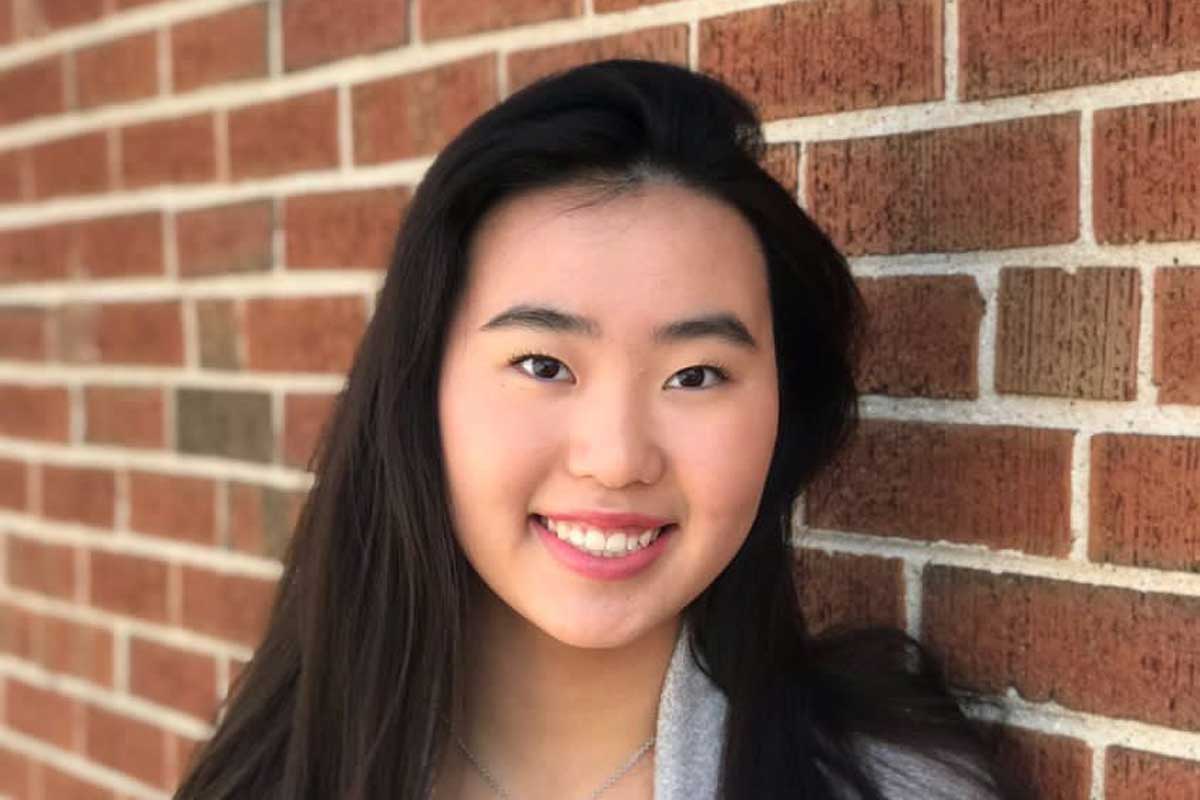
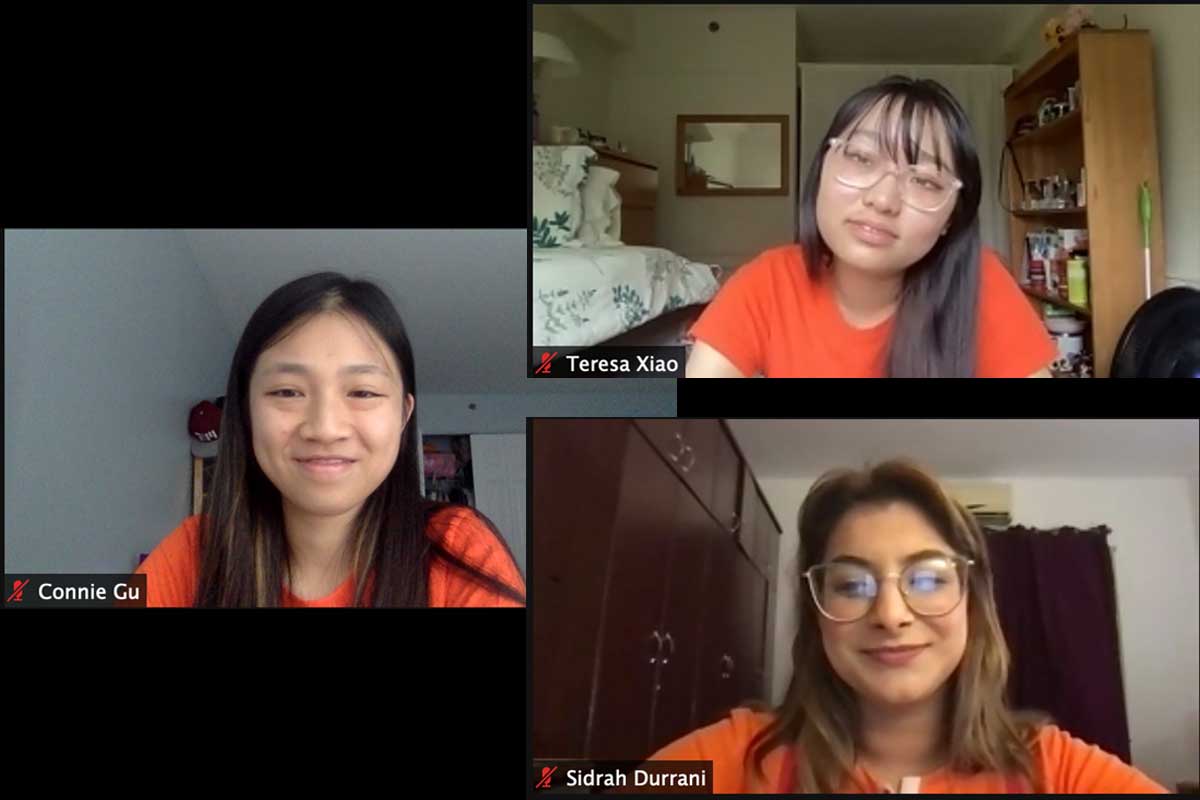
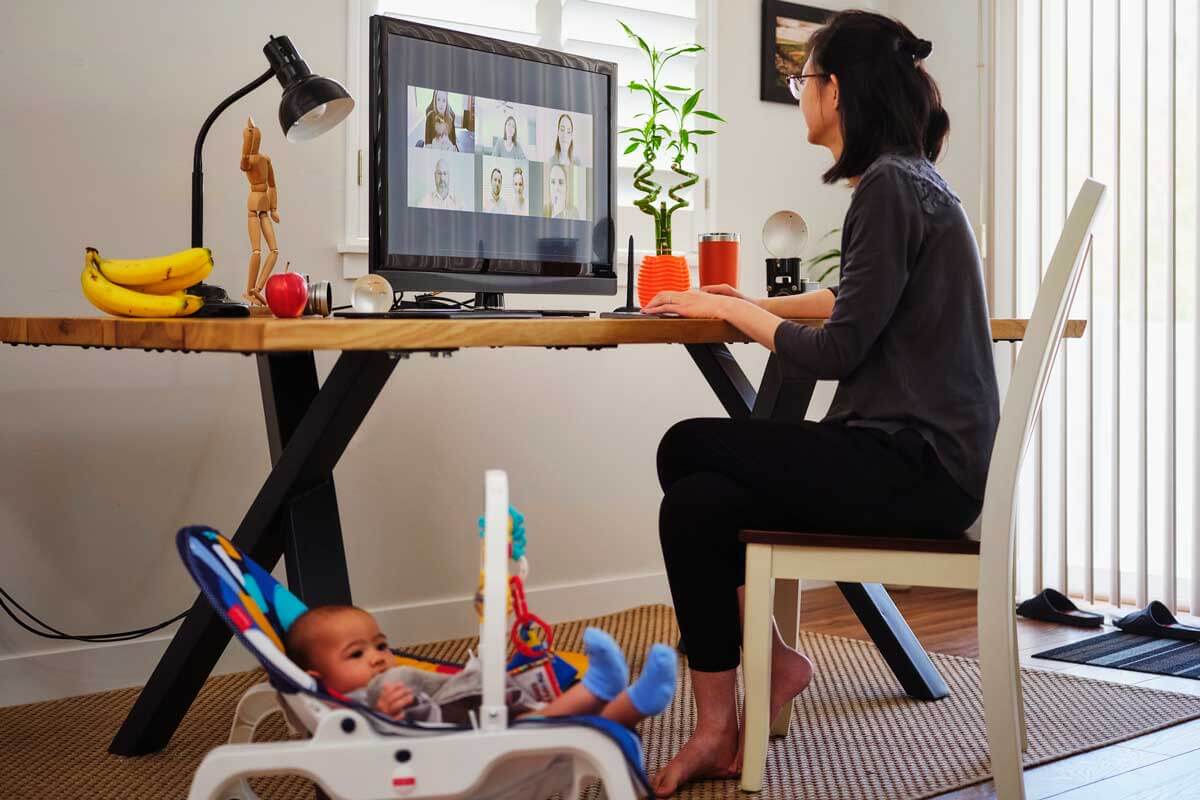

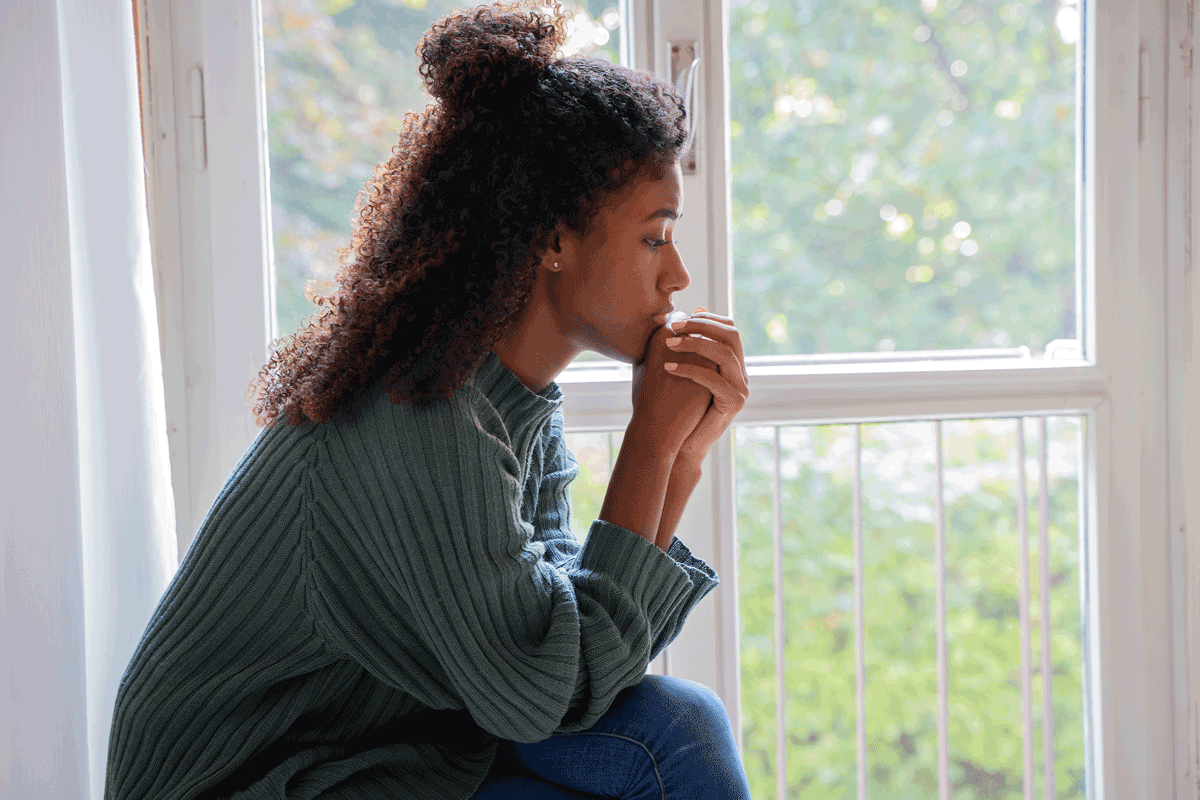 May is Mental Health Awareness Month. This year, it comes at a time when we have an increased focus on mental health due to the COVID-19 pandemic. Media reports have focused on the
May is Mental Health Awareness Month. This year, it comes at a time when we have an increased focus on mental health due to the COVID-19 pandemic. Media reports have focused on the 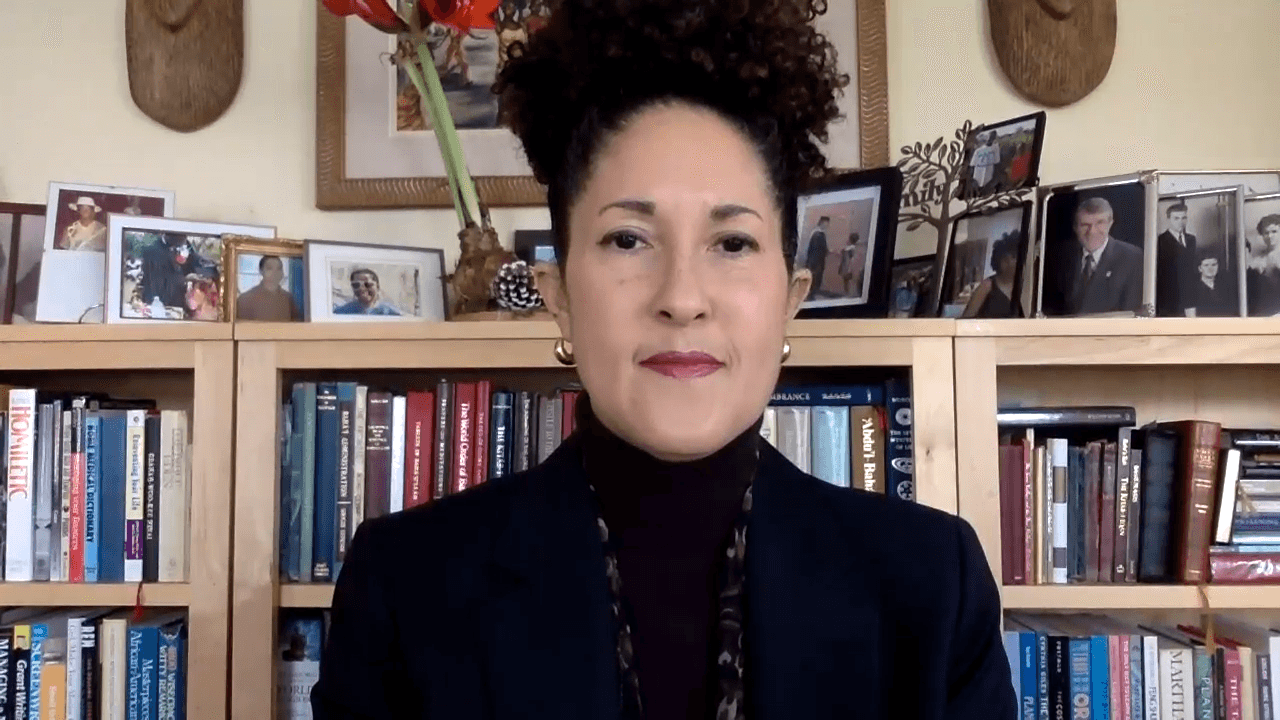
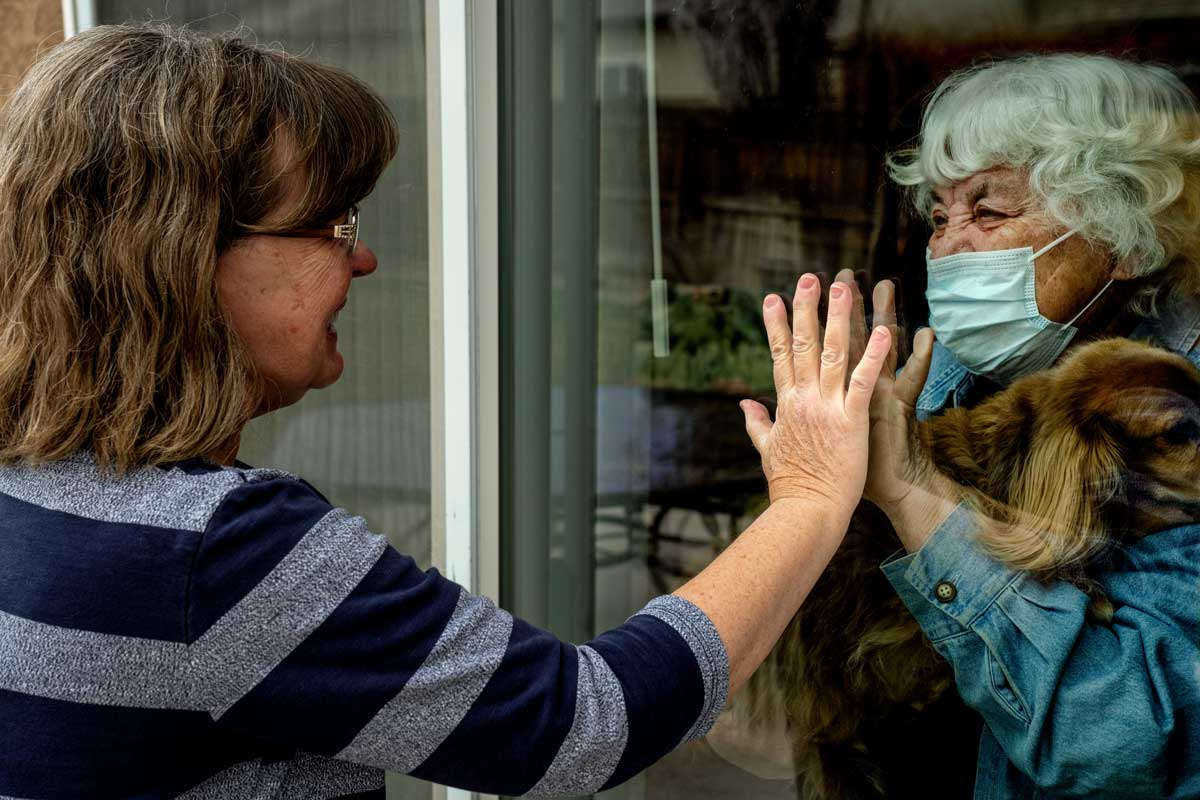 The challenges of isolation and loneliness have become apparent over the past several months of social distancing. Not only are we physically separated from our friends and extended families, but we’re concerned about their health and wellbeing as well as our own. We may be juggling childcare, homeschooling, and our own work. Or we may be wondering how we’ll support ourselves through this. We may know those who are sick, or who are high-risk, or who are essential workers putting themselves at risk for our sake. We may have lost people close to us. And we may feel powerless to do anything.
The challenges of isolation and loneliness have become apparent over the past several months of social distancing. Not only are we physically separated from our friends and extended families, but we’re concerned about their health and wellbeing as well as our own. We may be juggling childcare, homeschooling, and our own work. Or we may be wondering how we’ll support ourselves through this. We may know those who are sick, or who are high-risk, or who are essential workers putting themselves at risk for our sake. We may have lost people close to us. And we may feel powerless to do anything.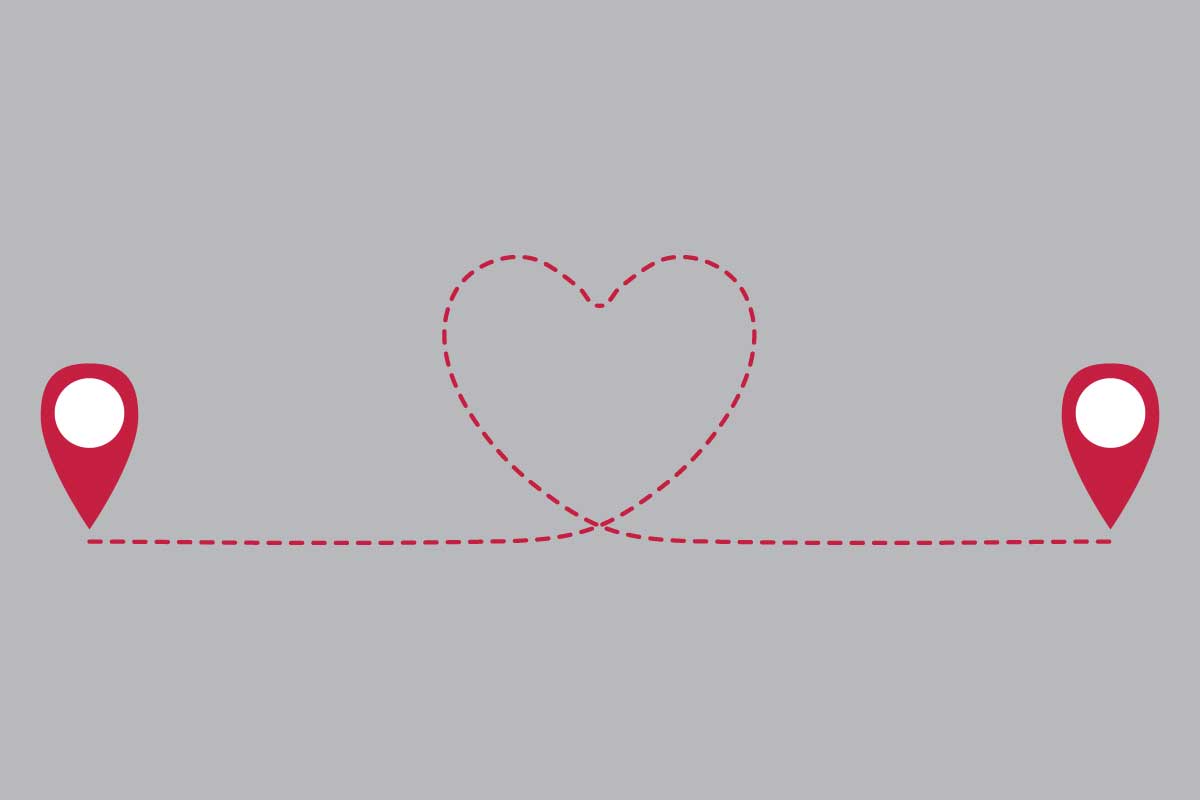 This
This 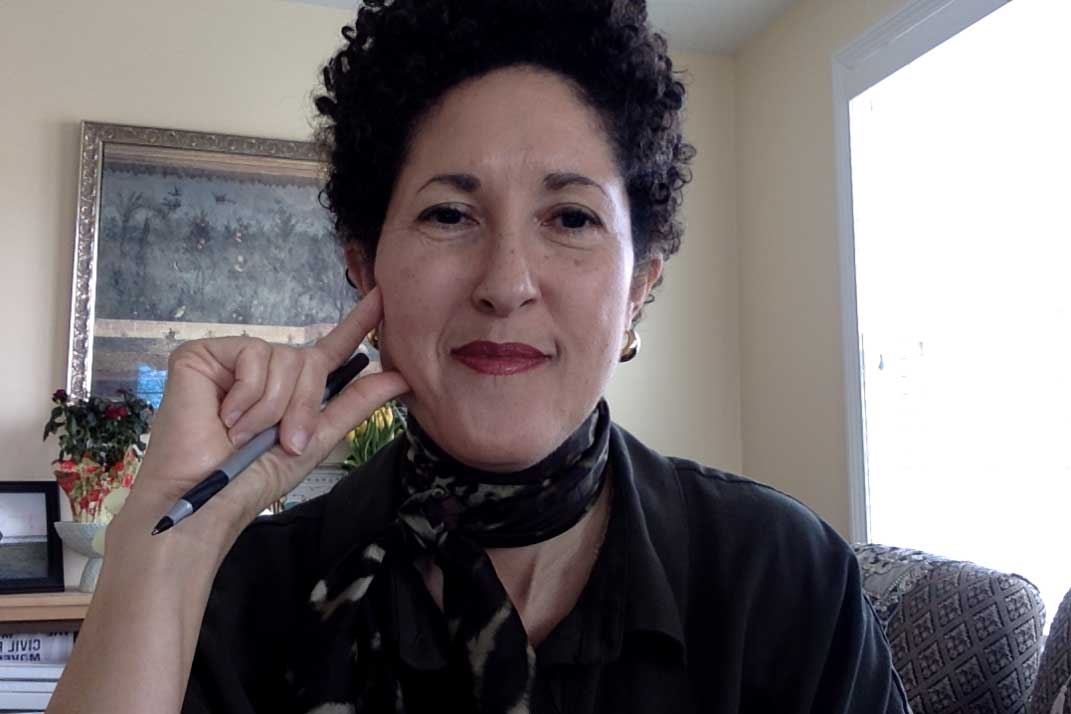 During this unprecedented time, our work at the Wellesley Centers for Women towards gender equality, social justice, and human wellbeing has taken on new meaning. As a society, we have become newly aware of just how fragile and precious human wellbeing is. And as an organization, we have been reminded of how deeply we care about the physical and mental wellbeing of our community — our research scientists, project directors, administrative staff, and supporters like you — as well as the larger global community to which we all belong.
During this unprecedented time, our work at the Wellesley Centers for Women towards gender equality, social justice, and human wellbeing has taken on new meaning. As a society, we have become newly aware of just how fragile and precious human wellbeing is. And as an organization, we have been reminded of how deeply we care about the physical and mental wellbeing of our community — our research scientists, project directors, administrative staff, and supporters like you — as well as the larger global community to which we all belong. The long march towards progress is often one that extends across generations. The U.S.
The long march towards progress is often one that extends across generations. The U.S. 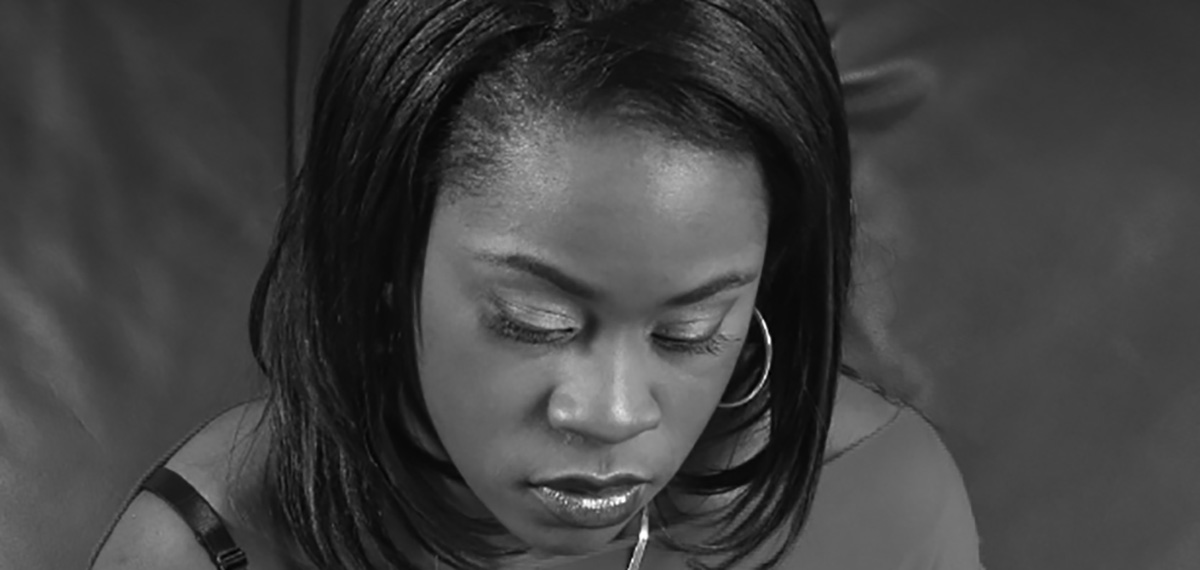 Why Racialized Exclusion Hurts and How We Can Remain Resilient
Why Racialized Exclusion Hurts and How We Can Remain Resilient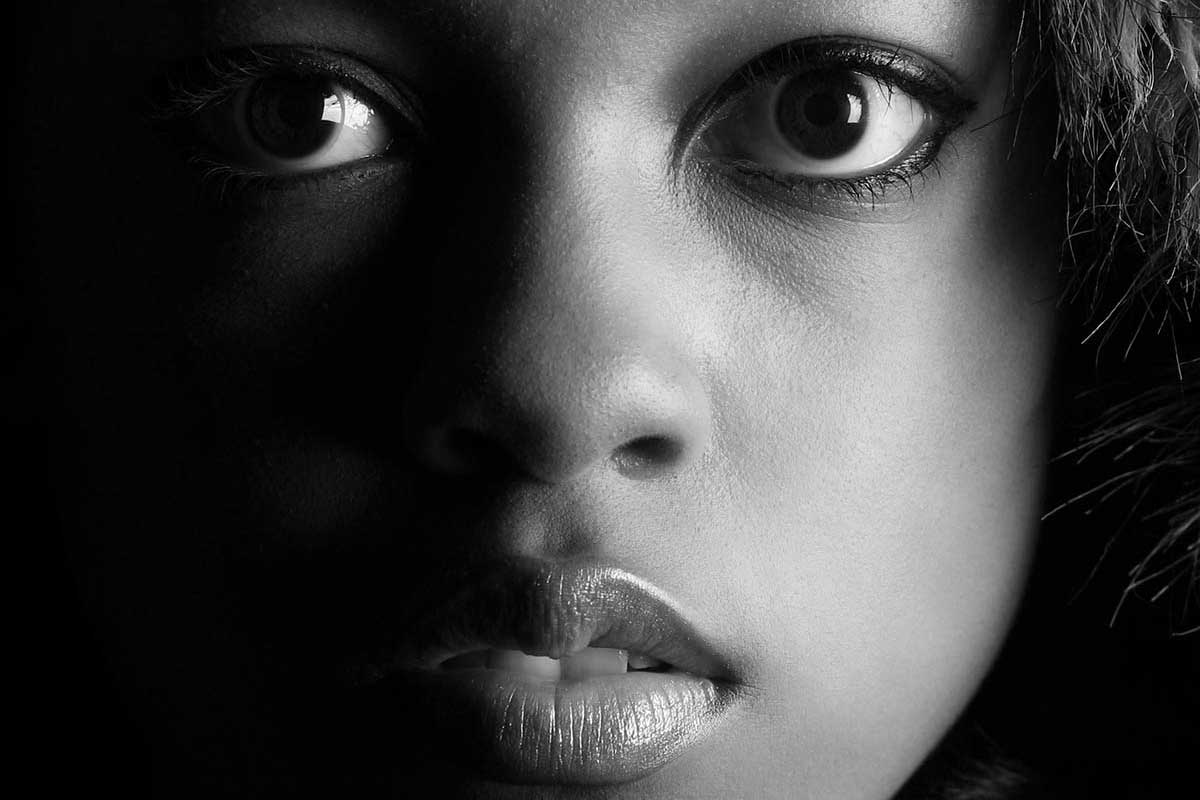 About twenty years ago, I received some unbearable news about a dear friend. A highly intelligent, strong, and beautiful woman of African-descent revealed to me that she contracted HIV as a result of having unprotected sex with a man who had the virus. Twenty years ago, I was convinced that the virus was an automatic death sentence for my friend. Thankfully, with advances in medical technology, not only is she still with us but she is healthy and thriving. However, keep in mind that she has the necessary resources that are needed in order to take care of herself, so she can successfully manage her overall health. She is middle class, has a good health insurance plan, has access to the appropriate health care, and has a supportive social network that encourages her to maintain her health.
About twenty years ago, I received some unbearable news about a dear friend. A highly intelligent, strong, and beautiful woman of African-descent revealed to me that she contracted HIV as a result of having unprotected sex with a man who had the virus. Twenty years ago, I was convinced that the virus was an automatic death sentence for my friend. Thankfully, with advances in medical technology, not only is she still with us but she is healthy and thriving. However, keep in mind that she has the necessary resources that are needed in order to take care of herself, so she can successfully manage her overall health. She is middle class, has a good health insurance plan, has access to the appropriate health care, and has a supportive social network that encourages her to maintain her health.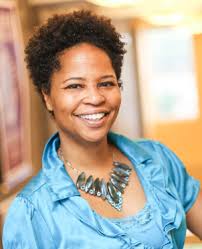 Ph.D., is a former post-doctoral intern at the
Ph.D., is a former post-doctoral intern at the 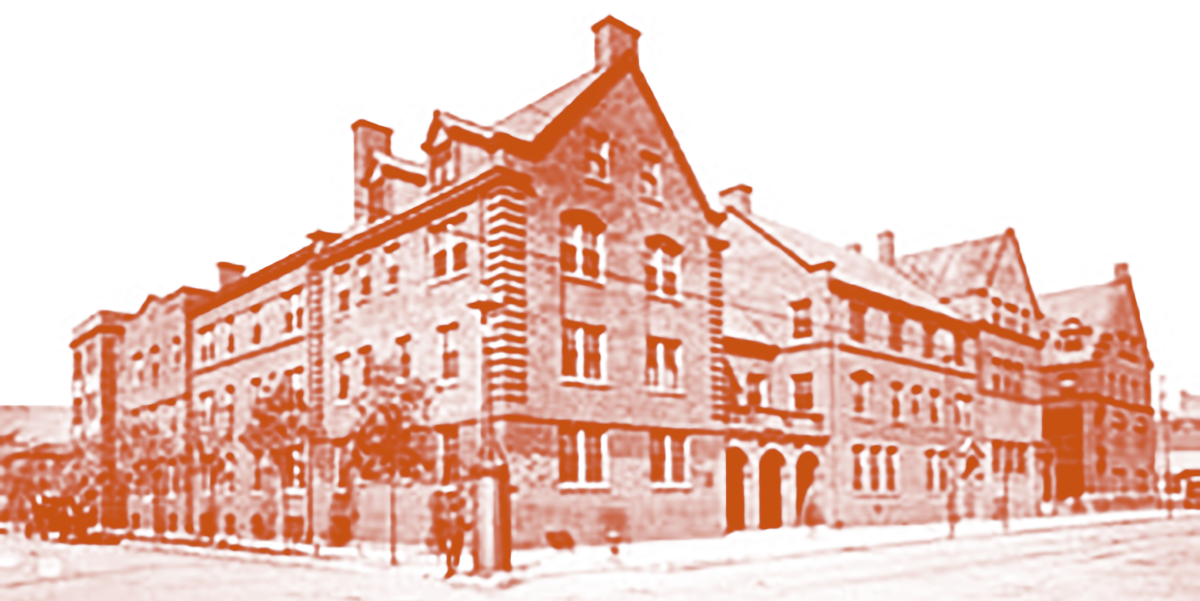 As a country we seem to be moving far away from the nurturing and sustaining activity of the settlement houses of our past. The first settlement house, established in New York City’s Lower East Side – Neighborhood Guild – was founded by Stanton Coit, and just a few years later came Hull House in Chicago, materializing through the passionate vision of Jane Addams. Settlement houses were the cornerstone of communities as they over time took on the task of educating citizens, providing English language classes for immigrants, organizing employment connections, and offering enrichment and recreation opportunities to all in the neighborhood. A most significant beginning to the current child and youth development field, settlement houses provided childcare services for the children of working mothers. The Immigrants’ Protective League, The Juvenile Protective Association, The Institute for Juvenile Research, The Federal Children’s Bureau, along with Child Labor Laws can all trace back to the persistent national
As a country we seem to be moving far away from the nurturing and sustaining activity of the settlement houses of our past. The first settlement house, established in New York City’s Lower East Side – Neighborhood Guild – was founded by Stanton Coit, and just a few years later came Hull House in Chicago, materializing through the passionate vision of Jane Addams. Settlement houses were the cornerstone of communities as they over time took on the task of educating citizens, providing English language classes for immigrants, organizing employment connections, and offering enrichment and recreation opportunities to all in the neighborhood. A most significant beginning to the current child and youth development field, settlement houses provided childcare services for the children of working mothers. The Immigrants’ Protective League, The Juvenile Protective Association, The Institute for Juvenile Research, The Federal Children’s Bureau, along with Child Labor Laws can all trace back to the persistent national 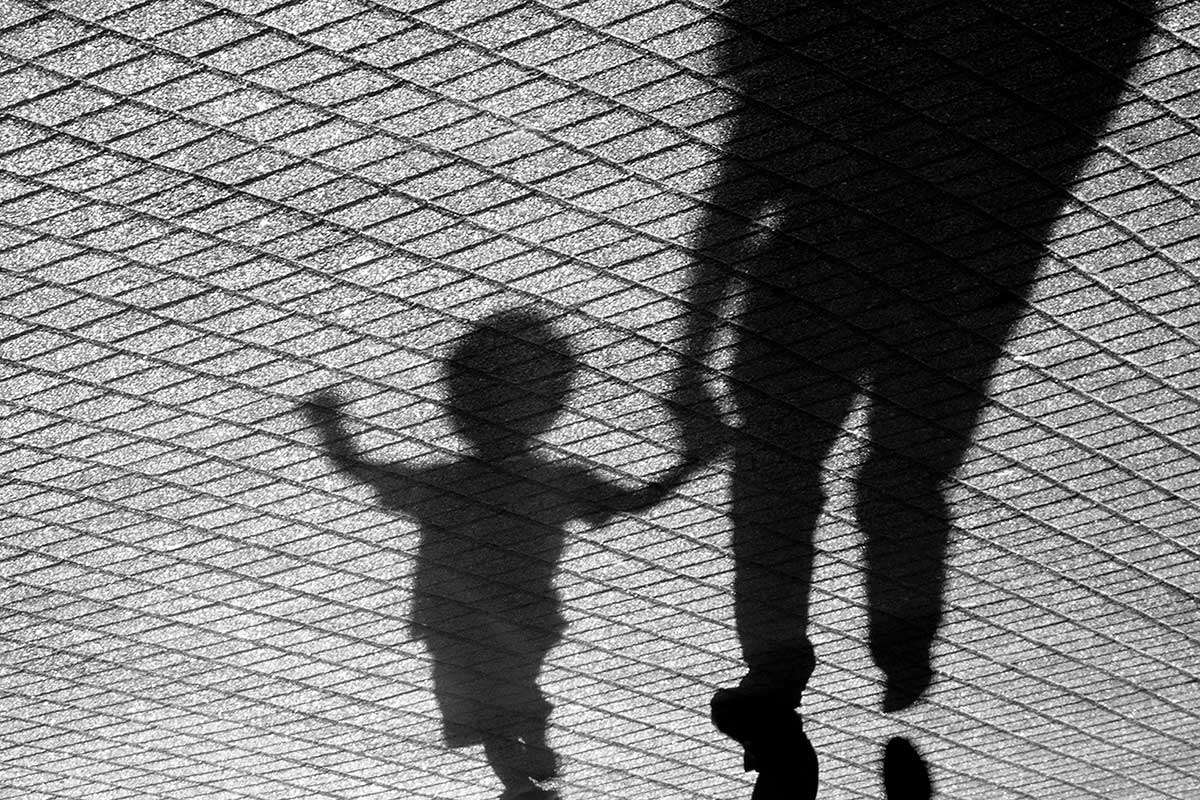 This article was posted by Amy Banks, M.D., on June 19, 2018 in her Wired for Love blog on Psychology Today.
This article was posted by Amy Banks, M.D., on June 19, 2018 in her Wired for Love blog on Psychology Today.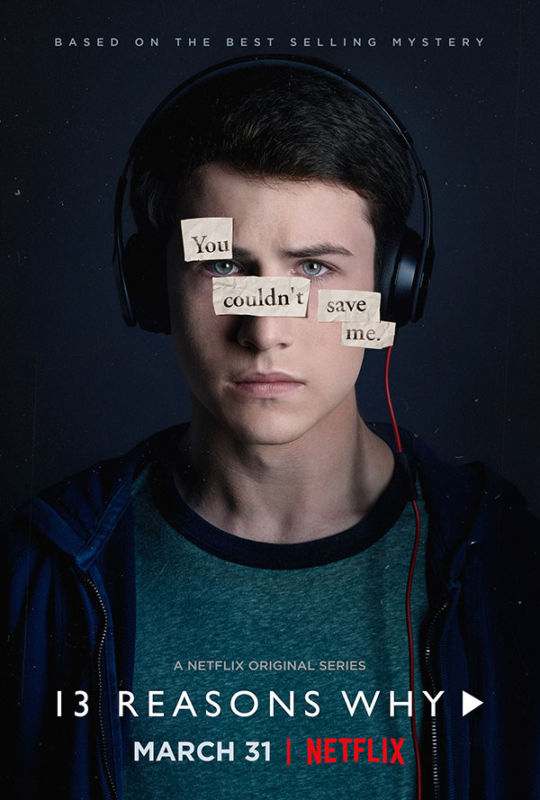
 Likewise, we worry about teens that exhibit signs of suicide. Sometimes these signs are subtle, such as giving away prized possessions, withdrawing from friends, or exhibiting significant behavioral changes, such as intense fights with family and friends. Teens thinking about suicide may also provide verbal cues, such as, “I wish I were dead” and “It’s not worth it anymore.” Also, many people who contemplate suicide do so because they believe they are a burden to others, and that they will be doing others a favor if they are no longer here. Thus, if you hear a teen say, “My family would be better off without me,” it is important to take action. Remember that 50-70 percent of people who make a suicide attempt communicate their intent prior to acting, mostly through such actions or verbal cues. Thus, if you recognize any of these signs, it is important to ASK. Although many of us find it scary to ask about suicide, or worry that asking about suicide will give someone the idea to attempt suicide, we know from numerous studies that talking about suicide will not lead to suicidal behavior.
Likewise, we worry about teens that exhibit signs of suicide. Sometimes these signs are subtle, such as giving away prized possessions, withdrawing from friends, or exhibiting significant behavioral changes, such as intense fights with family and friends. Teens thinking about suicide may also provide verbal cues, such as, “I wish I were dead” and “It’s not worth it anymore.” Also, many people who contemplate suicide do so because they believe they are a burden to others, and that they will be doing others a favor if they are no longer here. Thus, if you hear a teen say, “My family would be better off without me,” it is important to take action. Remember that 50-70 percent of people who make a suicide attempt communicate their intent prior to acting, mostly through such actions or verbal cues. Thus, if you recognize any of these signs, it is important to ASK. Although many of us find it scary to ask about suicide, or worry that asking about suicide will give someone the idea to attempt suicide, we know from numerous studies that talking about suicide will not lead to suicidal behavior.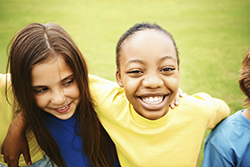
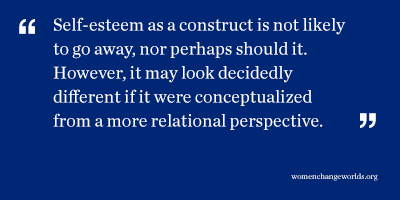 I could not help but be reminded of something that my grandmother Donnie would say to young people in our family. If anyone one of us dared to violate her standards of good grooming or “respectable” behavior, she would say: “Don’t go out acting like you don’t have people.” At the time, her counsel was little more than an irritation. “Having people” could mean anything from representing your family by working hard in school to properly ironing a ruffled blouse. It’s a safe bet that my grandmother never heard of Maslow, and I’m guessing she lived the better part of eight decades without ever using the words “self-esteem.” She did, however, know a lot about respect, reverence, and dignity. What we now call self-esteem is what my grandmother expressed as self and other--awareness. Her version of self-esteem was awareness of connection to community. Further, it meant appreciation for the care that community bestows, and an obligation to represent that care in the world and to the world. Put plainly the lesson was this: how you go out into the world is not just your private business; your behavior reflects on and has consequences for the communities from which you come.
I could not help but be reminded of something that my grandmother Donnie would say to young people in our family. If anyone one of us dared to violate her standards of good grooming or “respectable” behavior, she would say: “Don’t go out acting like you don’t have people.” At the time, her counsel was little more than an irritation. “Having people” could mean anything from representing your family by working hard in school to properly ironing a ruffled blouse. It’s a safe bet that my grandmother never heard of Maslow, and I’m guessing she lived the better part of eight decades without ever using the words “self-esteem.” She did, however, know a lot about respect, reverence, and dignity. What we now call self-esteem is what my grandmother expressed as self and other--awareness. Her version of self-esteem was awareness of connection to community. Further, it meant appreciation for the care that community bestows, and an obligation to represent that care in the world and to the world. Put plainly the lesson was this: how you go out into the world is not just your private business; your behavior reflects on and has consequences for the communities from which you come.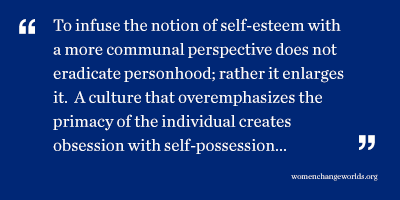 One of the foundational tenets of Relational-Cultural Theory is that the purpose of being in relationship. Having a sense of agency then is to claim our responsibility as co-creators of human possibility. I can think of a no more telling example of this perspective than a conversation I had with a young Indonesian man a few years ago. He told me that as a member of a religious minority in his country, he knew that he had to work twice as hard to get half as far: precisely the advice that I had heard growing up in a racially stratified culture decades earlier. Interestingly, this belief did not engender defeatism or victimhood. Rather, it confirmed the obligation to community: to advance the contributions of preceding generations and to provide “uplift” for future generations. Further, it instilled confidence in our ability and obligation to make the world a little bit better for others.
One of the foundational tenets of Relational-Cultural Theory is that the purpose of being in relationship. Having a sense of agency then is to claim our responsibility as co-creators of human possibility. I can think of a no more telling example of this perspective than a conversation I had with a young Indonesian man a few years ago. He told me that as a member of a religious minority in his country, he knew that he had to work twice as hard to get half as far: precisely the advice that I had heard growing up in a racially stratified culture decades earlier. Interestingly, this belief did not engender defeatism or victimhood. Rather, it confirmed the obligation to community: to advance the contributions of preceding generations and to provide “uplift” for future generations. Further, it instilled confidence in our ability and obligation to make the world a little bit better for others.
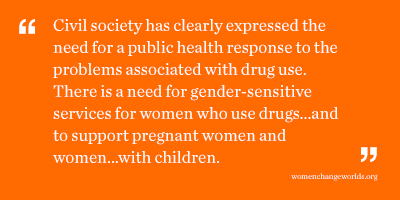 form of justice-involvement (mostly probation). However, comparisons between justice-involved and non-justice-involved women revealed few differences on demographic and other characteristics. For example, their ages, maternal status, the number of children they have, their children’s ages, and the percentage living with their children.
form of justice-involvement (mostly probation). However, comparisons between justice-involved and non-justice-involved women revealed few differences on demographic and other characteristics. For example, their ages, maternal status, the number of children they have, their children’s ages, and the percentage living with their children. Everyone Needs to STOP the Pain!
Everyone Needs to STOP the Pain!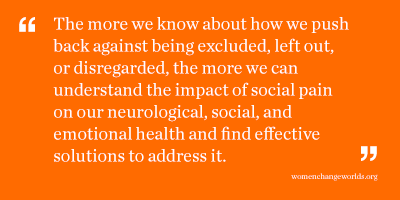 The obvious forms of social pain are glaringly obvious, often flagrant and extreme. Black men and women being stopped by police, detained or harassed, and imprisoned at sweepingly disproportionate rates compared to White people; too often resulting in violence and even murder.
The obvious forms of social pain are glaringly obvious, often flagrant and extreme. Black men and women being stopped by police, detained or harassed, and imprisoned at sweepingly disproportionate rates compared to White people; too often resulting in violence and even murder.
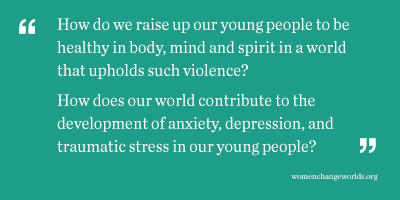 Although these are all big questions, I have at least learned a few things over the years through my
Although these are all big questions, I have at least learned a few things over the years through my  Lisa Fortuna
Lisa Fortuna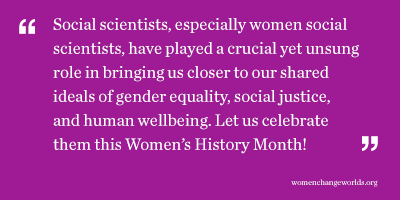 In the mid-1970s, Stanford-based psychologist
In the mid-1970s, Stanford-based psychologist 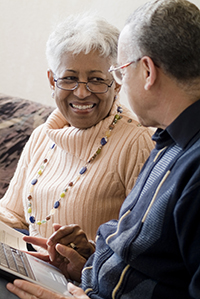
 So dopamine itself is not the problem, nor is the dopamine reward system. Dopamine is simply the carrot on a stick designed to give a reward to life-sustaining activities like eating healthy food, having sex, drinking water, and being held in nurturing relationships so that you would keep doing these healthy things over and over again. The problem is how we stimulate the dopamine pathway. In an ideal world—one that understands the centrality of healthy relationship to health and wellness—the dopamine reward system stays connected to human connection as the primary source of stimulation. Unfortunately, we do not live in this ideal world. We live in a culture that actively undermines this precious dopamine-relationship connection. We raise children to stand on their own two feet while the separate self is an American icon of maturity. It is making us sick.
So dopamine itself is not the problem, nor is the dopamine reward system. Dopamine is simply the carrot on a stick designed to give a reward to life-sustaining activities like eating healthy food, having sex, drinking water, and being held in nurturing relationships so that you would keep doing these healthy things over and over again. The problem is how we stimulate the dopamine pathway. In an ideal world—one that understands the centrality of healthy relationship to health and wellness—the dopamine reward system stays connected to human connection as the primary source of stimulation. Unfortunately, we do not live in this ideal world. We live in a culture that actively undermines this precious dopamine-relationship connection. We raise children to stand on their own two feet while the separate self is an American icon of maturity. It is making us sick.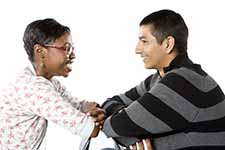
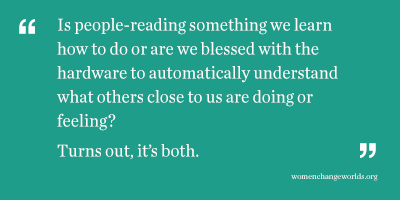 Deep in my brain, the area in the prefrontal cortex that plans and executes the physical movement of walking out the door is being stimulated. Though I am not moving, the same nerve cells are firing. When you touch the door and pull your hand away quickly and shake it a little I “know” that the door was quite hot from the pounding sunshine on the glass. My somatosensory cortex that creates sensations fires and my hand feels a low-grade sense of heat and smoothness from the window window. That is added to the immediate mix of how I am reading your experience. And finally, you walk through the door and a large smile crosses your face as you fall into the arms of a loved one. In my brain and body the nerve signal has now traveled through the insula into my “feeling centers” in my body and I feel a similar joy and lightness. I “know” you are with someone you love. All of this has happened in the blink of an eye and without you sharing any of your experience with me. My brain and body uses itself as a template to have a shared experience with you and the closer our life experiences internally have been, the more resonant we feel.
Deep in my brain, the area in the prefrontal cortex that plans and executes the physical movement of walking out the door is being stimulated. Though I am not moving, the same nerve cells are firing. When you touch the door and pull your hand away quickly and shake it a little I “know” that the door was quite hot from the pounding sunshine on the glass. My somatosensory cortex that creates sensations fires and my hand feels a low-grade sense of heat and smoothness from the window window. That is added to the immediate mix of how I am reading your experience. And finally, you walk through the door and a large smile crosses your face as you fall into the arms of a loved one. In my brain and body the nerve signal has now traveled through the insula into my “feeling centers” in my body and I feel a similar joy and lightness. I “know” you are with someone you love. All of this has happened in the blink of an eye and without you sharing any of your experience with me. My brain and body uses itself as a template to have a shared experience with you and the closer our life experiences internally have been, the more resonant we feel.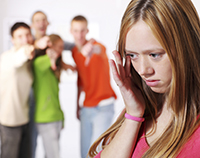 I was many things at ten years old, but one thing I wasn't was accepted. My family moved to a new town that summer—it was 1972—and on the first day of school when the school bell rang I stood in the middle of the girls’ line anxiously waiting to meet my new classmates. As I was studying my shoes I heard the laughter and the whispering, “What is that new boy doing in the girls line!” They were talking about me, well-dressed in boys clothing. I was humiliated, filled with shame, desperate to go back to my old school where people knew and accepted me. It was a long year of pain, accentuated by my teacher who routinely tried to force me to join the Girl Scouts.
I was many things at ten years old, but one thing I wasn't was accepted. My family moved to a new town that summer—it was 1972—and on the first day of school when the school bell rang I stood in the middle of the girls’ line anxiously waiting to meet my new classmates. As I was studying my shoes I heard the laughter and the whispering, “What is that new boy doing in the girls line!” They were talking about me, well-dressed in boys clothing. I was humiliated, filled with shame, desperate to go back to my old school where people knew and accepted me. It was a long year of pain, accentuated by my teacher who routinely tried to force me to join the Girl Scouts.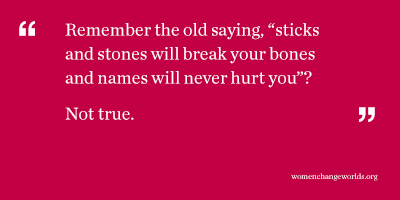 This is where the story gets really interesting. The area that lit up when a subject was excluded is a strip of brain called the
This is where the story gets really interesting. The area that lit up when a subject was excluded is a strip of brain called the 
 killers flood your system buffering the pain. Neither of these reactions are under your conscious control. You are automatically protected.
killers flood your system buffering the pain. Neither of these reactions are under your conscious control. You are automatically protected.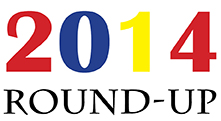

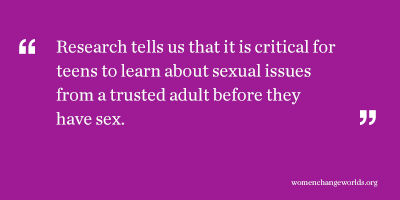 It’s important to talk with teens before they have sex. Research tells us that it is critical for teens to learn about sexual issues from a trusted adult before they have sex.
It’s important to talk with teens before they have sex. Research tells us that it is critical for teens to learn about sexual issues from a trusted adult before they have sex.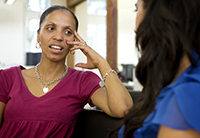
 human nervous system is literally wired to function best when in
human nervous system is literally wired to function best when in 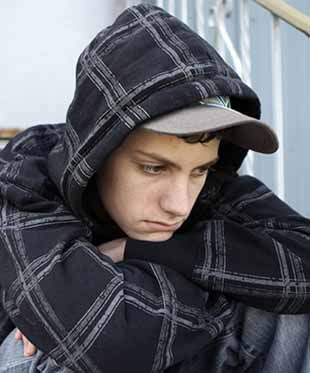
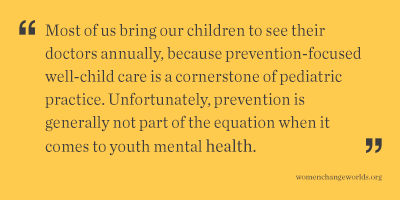 Treating youth depression once it emerges may be much more distressing, and much less effective, than identifying early symptoms of illness and treating them before they develop into a full-blown disorder. Prevention approaches have the potential to reach a large number of adolescents, and may be more acceptable than treatment because services can be rendered in non-clinical settings (e.g., schools, primary care settings), and do not require adolescents to identify themselves as ill.
Treating youth depression once it emerges may be much more distressing, and much less effective, than identifying early symptoms of illness and treating them before they develop into a full-blown disorder. Prevention approaches have the potential to reach a large number of adolescents, and may be more acceptable than treatment because services can be rendered in non-clinical settings (e.g., schools, primary care settings), and do not require adolescents to identify themselves as ill.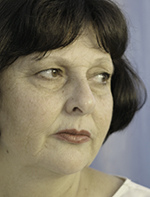
 wear away at our health and wellbeing. The NPR poll found that individuals with a chronic illness were more likely to report high stress in the previous month (36% compared to 26% overall), as were individuals living in poverty (36%) and single parents (35%). These chronic stressors tax our abilities to cope with stress. For those individuals with high levels of stress, problems with finances was one of the main sources of stress, and this was especially true for those
wear away at our health and wellbeing. The NPR poll found that individuals with a chronic illness were more likely to report high stress in the previous month (36% compared to 26% overall), as were individuals living in poverty (36%) and single parents (35%). These chronic stressors tax our abilities to cope with stress. For those individuals with high levels of stress, problems with finances was one of the main sources of stress, and this was especially true for those 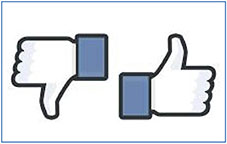
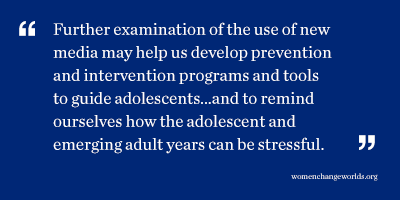 Media coverage about social media has not been kind—often linking its use with cyberbullying, sexual predators, and depression or loneliness. But recent scholarship on new media demonstrates that interpersonal communication, online and offline, plays a vital role in integrating people into their communities by helping them build support, maintain ties, and promote trust. Social media is often used to escape from the pressures of life and alter moods, to secure an audience for self-disclosures, and to widen social networks and increase social capital. The
Media coverage about social media has not been kind—often linking its use with cyberbullying, sexual predators, and depression or loneliness. But recent scholarship on new media demonstrates that interpersonal communication, online and offline, plays a vital role in integrating people into their communities by helping them build support, maintain ties, and promote trust. Social media is often used to escape from the pressures of life and alter moods, to secure an audience for self-disclosures, and to widen social networks and increase social capital. The 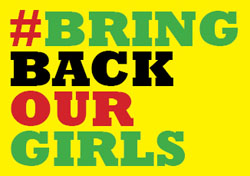
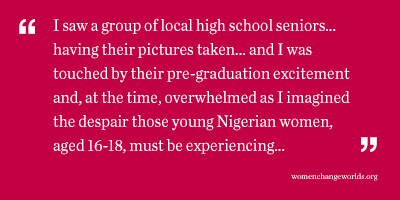

 one of the few surviving ‘Kinder.’ It was a somber occasion, both a tribute to the courage of those who survived and the generosity of the (mostly non-Jewish) families that took these children into their homes and raised them.
one of the few surviving ‘Kinder.’ It was a somber occasion, both a tribute to the courage of those who survived and the generosity of the (mostly non-Jewish) families that took these children into their homes and raised them. A week before my trip she informed me a Stolperstein for Marie Driesen was already in place, and that its installation had been arranged by a current owner of an apartment at the Schoeneberg address. Two weeks later my husband and I were warmly greeted by Hannelore and the owner, Baerbel. We looked at the Stolperstein in the sidewalk, and then sat at a table in Baerbel’s apartment and talked. We learned that around 1938, 37-39 Belziger Strasse had been designated as a Jewish building. This meant that all Jewish residents in the building were forced to take in other Jews as lodgers, and Jews from other buildings were forced to move into the apartments; measures that made it easier for them to be rounded up later. Baerbel, a retired geologist, had worked tirelessly to obtain documents on the 22 Jewish residents taken from that building, and she had a huge binder with files on each one. But she went further; she asked the 52 current residents to contribute to the cost of installing Stolperstein for them. Not a single person refused, and the installation had been filmed by local television.
A week before my trip she informed me a Stolperstein for Marie Driesen was already in place, and that its installation had been arranged by a current owner of an apartment at the Schoeneberg address. Two weeks later my husband and I were warmly greeted by Hannelore and the owner, Baerbel. We looked at the Stolperstein in the sidewalk, and then sat at a table in Baerbel’s apartment and talked. We learned that around 1938, 37-39 Belziger Strasse had been designated as a Jewish building. This meant that all Jewish residents in the building were forced to take in other Jews as lodgers, and Jews from other buildings were forced to move into the apartments; measures that made it easier for them to be rounded up later. Baerbel, a retired geologist, had worked tirelessly to obtain documents on the 22 Jewish residents taken from that building, and she had a huge binder with files on each one. But she went further; she asked the 52 current residents to contribute to the cost of installing Stolperstein for them. Not a single person refused, and the installation had been filmed by local television.
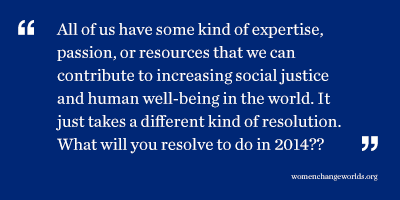 Just because we don’t all work for social change organizations, however, doesn’t mean there aren’t major ways we can make each a difference. What do you care about? What change would you like to see in the world? As great and necessary as organizations are in the social change equation, they are not the end-all and be-all. Individuals and small groups, even when they are working for change outside formal organizations, can make a monumental difference in outcomes for many through partnering, advocacy, endorsement, and financial support. As
Just because we don’t all work for social change organizations, however, doesn’t mean there aren’t major ways we can make each a difference. What do you care about? What change would you like to see in the world? As great and necessary as organizations are in the social change equation, they are not the end-all and be-all. Individuals and small groups, even when they are working for change outside formal organizations, can make a monumental difference in outcomes for many through partnering, advocacy, endorsement, and financial support. As 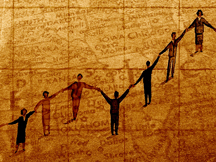
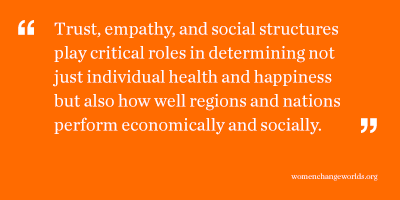 A model for human experience that emphasizes our separateness works against our sense of basic connection and belonging. It leads us to believe that we should function autonomously in situations where that is impossible. By placing unattainable standards of individualism on us, it leaves us vulnerable to feeling even more inadequate, ashamed, and stressed out. There is abundant data that social ties are decreasing in the U.S.; more and more people feel they can trust no one. (Putnam, R. 2000 Bowling Alone: The collapse and revival of American community. New York: Simon and Schuster.) And traditional psychology with its overemphasis on internal, individual problems contributes to our failure, at a societal level, to invest in social justice and social support programs. Rather than addressing the problems in a society that disempower us and perpetuate systems of injustice, we have tended to locate the problems in the individual.
A model for human experience that emphasizes our separateness works against our sense of basic connection and belonging. It leads us to believe that we should function autonomously in situations where that is impossible. By placing unattainable standards of individualism on us, it leaves us vulnerable to feeling even more inadequate, ashamed, and stressed out. There is abundant data that social ties are decreasing in the U.S.; more and more people feel they can trust no one. (Putnam, R. 2000 Bowling Alone: The collapse and revival of American community. New York: Simon and Schuster.) And traditional psychology with its overemphasis on internal, individual problems contributes to our failure, at a societal level, to invest in social justice and social support programs. Rather than addressing the problems in a society that disempower us and perpetuate systems of injustice, we have tended to locate the problems in the individual. 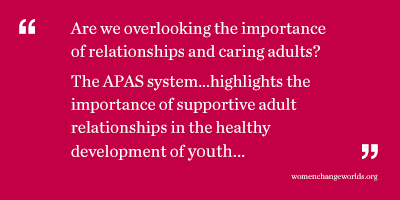 According to Benard, “we are all born with innate resiliency, with the capacity to develop the traits commonly found in resilient survivors: social competence (responsiveness, cultural flexibility, empathy, caring, communication skills, and a sense of humor); problem-solving (planning, help-seeking, critical and creative thinking); autonomy (sense of identity, self-efficacy, self-awareness, task-mastery, and adaptive distancing from negative messages and conditions); and a sense of purpose and belief in a bright future (goal direction, educational aspirations, optimism, faith, and spiritual connectedness)” (Benard, 1991).
According to Benard, “we are all born with innate resiliency, with the capacity to develop the traits commonly found in resilient survivors: social competence (responsiveness, cultural flexibility, empathy, caring, communication skills, and a sense of humor); problem-solving (planning, help-seeking, critical and creative thinking); autonomy (sense of identity, self-efficacy, self-awareness, task-mastery, and adaptive distancing from negative messages and conditions); and a sense of purpose and belief in a bright future (goal direction, educational aspirations, optimism, faith, and spiritual connectedness)” (Benard, 1991). A few years ago my daughter, while in college in Connecticut, invited me to a community gathering she helped organize on
A few years ago my daughter, while in college in Connecticut, invited me to a community gathering she helped organize on 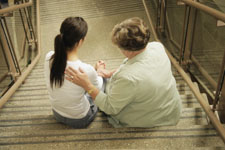
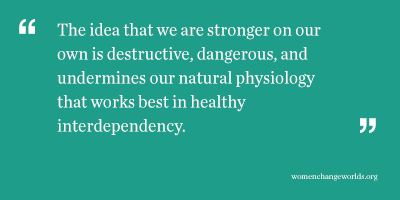 So, where are all the people with mental illness? From what I hear in my office, many are hiding and suffering in silence for fear of being stigmatized, pitied, or seen as weak. American, Westernized culture plays a large role in this fear. The pervasive image of an American is a person who is strong, independent, and can
So, where are all the people with mental illness? From what I hear in my office, many are hiding and suffering in silence for fear of being stigmatized, pitied, or seen as weak. American, Westernized culture plays a large role in this fear. The pervasive image of an American is a person who is strong, independent, and can 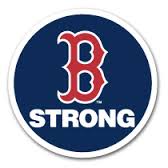
 It was no surprise that our sports teams looked for a way to publicly display their solidarity with the people of Boston and the marathon victims – 617 Boston Strong hung on a t-shirt in the
It was no surprise that our sports teams looked for a way to publicly display their solidarity with the people of Boston and the marathon victims – 617 Boston Strong hung on a t-shirt in the 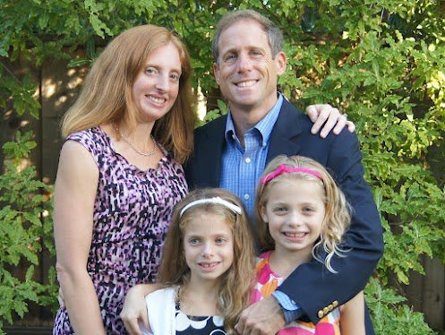
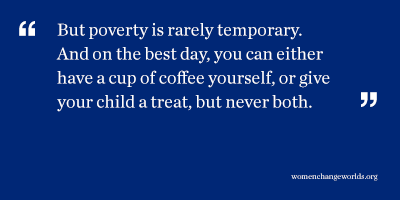 What are some cheap nutritious foods? In no particular order, the Biro family’s diet last week consisted of rice, beans, potatoes, inexpensive meat (specifically split chicken breasts on sale, and stew meat on sale), bananas, eggs, carrots (but you have to peel them yourself--having the factory do the work for you and turn them into baby carrots costs too much), pasta, homemade pancakes, nuts, oatmeal and super cheap granola bars we bought in bulk (more on this later). We bought a small crate of “Clementine” oranges on sale for $6, or $0.20 apiece. We made homemade pizza one night, with dough from scratch costing roughly $0.40, the sauce about $1 and mozzarella at $3, totaling not quite $5 for 2 pizzas, with leftovers for lunch. We did buy fresh broccoli, which is expensive at $0.30 per serving, so we didn’t have much. Frozen vegetables are usually cheaper, but not always. Lentils are cheap and high-quality calories but we didn’t get those in.
What are some cheap nutritious foods? In no particular order, the Biro family’s diet last week consisted of rice, beans, potatoes, inexpensive meat (specifically split chicken breasts on sale, and stew meat on sale), bananas, eggs, carrots (but you have to peel them yourself--having the factory do the work for you and turn them into baby carrots costs too much), pasta, homemade pancakes, nuts, oatmeal and super cheap granola bars we bought in bulk (more on this later). We bought a small crate of “Clementine” oranges on sale for $6, or $0.20 apiece. We made homemade pizza one night, with dough from scratch costing roughly $0.40, the sauce about $1 and mozzarella at $3, totaling not quite $5 for 2 pizzas, with leftovers for lunch. We did buy fresh broccoli, which is expensive at $0.30 per serving, so we didn’t have much. Frozen vegetables are usually cheaper, but not always. Lentils are cheap and high-quality calories but we didn’t get those in. 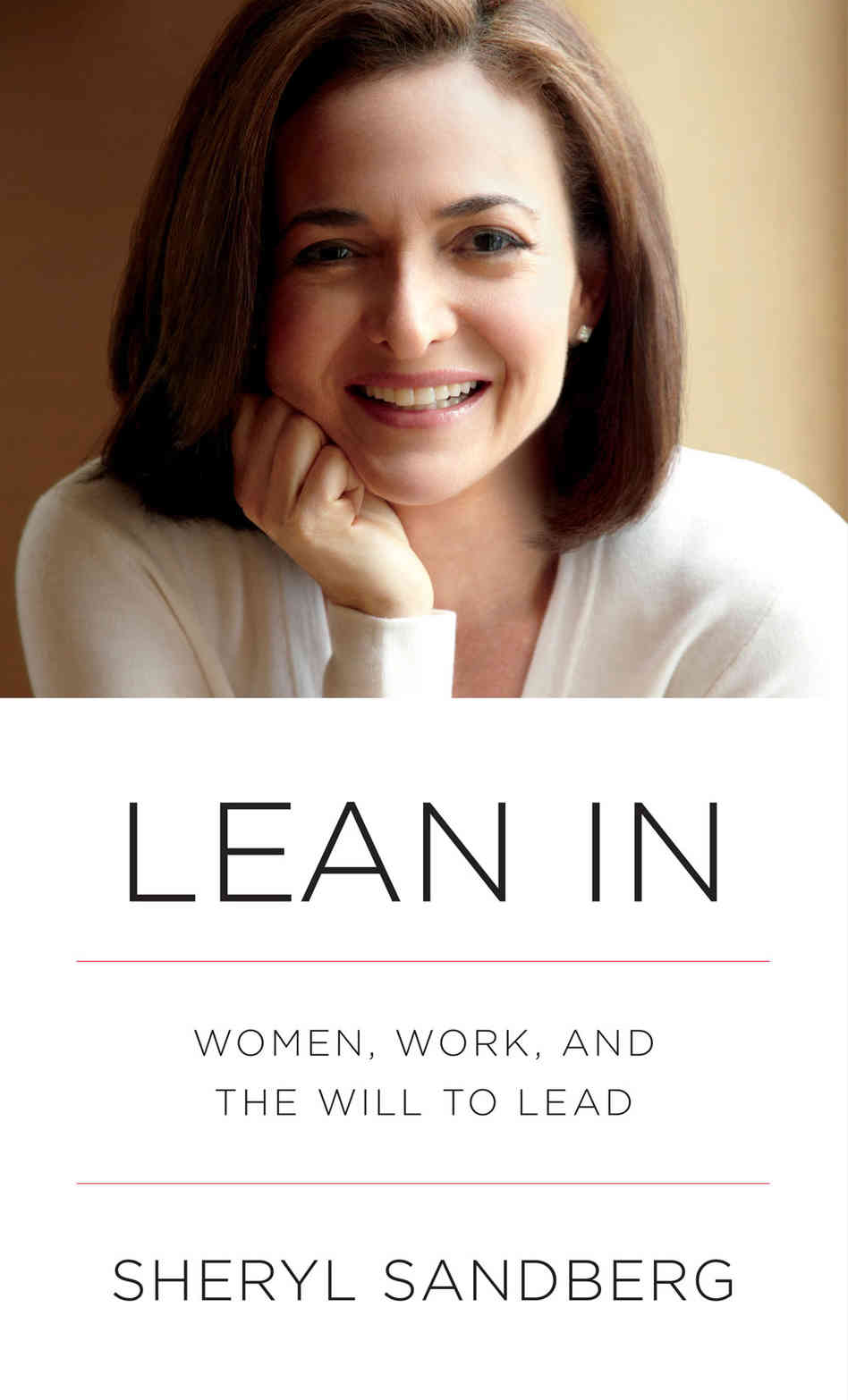
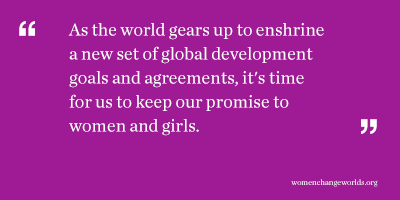 life-changing impact of our own
life-changing impact of our own 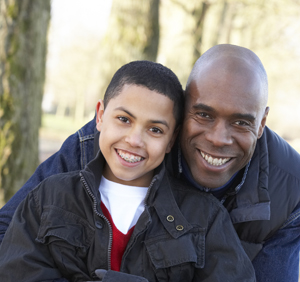
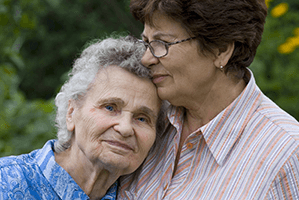
 way that one sees and recognizes the need for care – and “caring for” – responding to other’s needs by taking responsibility for initiating caring activities
way that one sees and recognizes the need for care – and “caring for” – responding to other’s needs by taking responsibility for initiating caring activities 